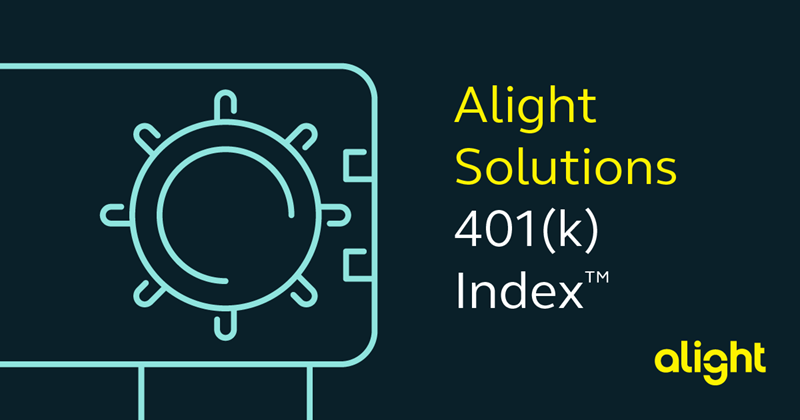
401(k) investors were active in Q1, logging 14 above-normal1 days, according to the Alight Solutions 401(k) Index™. The distribution of those days reveals a slowing trend, however, with eight taking place in January, followed by four in February and just two in March. Net trading favored fixed income funds on 33 of 61 days. Large U.S. equity (50%) and bond (35%) funds had the most trading inflows, while target date funds2 (43%) and company stock (19%) saw the most outflows.
First quarter observations:
- Net transfers for the quarter were 0.45% of balances.
- 33 out of 61 trading days in the first quarter had net trading dollars moving from equities to fixed income.
| |||||||||||||||||||||||
Asset classes with most trading inflows in Q1 2024 | Percentage of inflows | Index dollar value ($mil) |
Large U.S. equity funds | 50% | $551 |
Bond funds | 35% | $391 |
| Money market funds | 8% | $93 |
Asset classes with most trading outflows in Q1 2024 | Percentage of outflows | Index dollar value ($mil) |
Target date funds2 | 43% | $476 |
Company stock | 19% | $215 |
| Mid U.S. equity funds | 15% | $169 |
Returns for common indices | Q1 2024 | 2024 YTD |
Bloomberg Barclays Capital U.S. Aggregate Bond Index | -0.78% | -0.78% |
S&P 500 Index | 10.56% | 10.56% |
Russell 2000 Index | 5.18% | 5.18% |
MSCI All Country World ex-U.S. Index (net) | 4.69% | 4.69% |
1 A “normal” level of relative transfer activity is when the net daily movement of participants’ balances, as a percent of total 401(k) balances within the Alight Solutions 401(k) Index™, equals between 0.3 times and 1.5 times the average daily net activity of the preceding 12 months. A “high” relative transfer activity day is when the net daily movement exceeds two times the average daily net activity. A “moderate” relative transfer activity day is when the net daily movement is between 1.5 and 2 times the average daily net activity of the preceding 12 months.
2 Target date funds also include the amounts in target risk funds. The amount in the target risk funds is less than 10% of the total.

Want to know more?
Check out our previous reports
